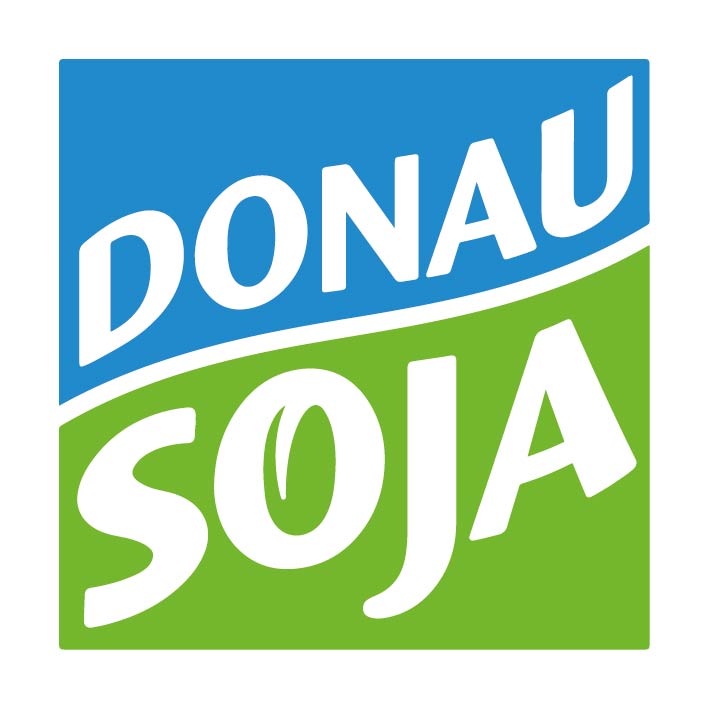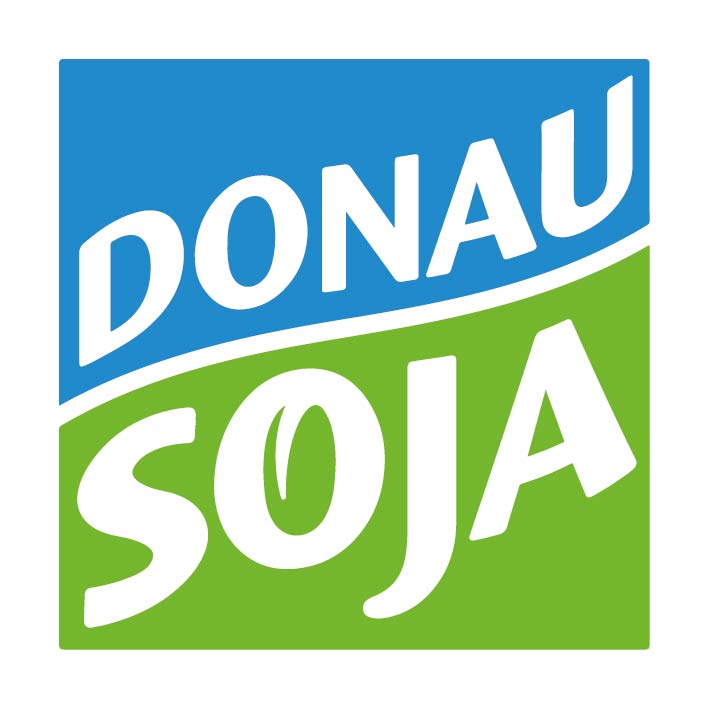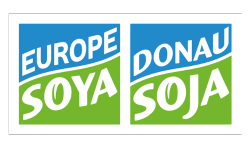22 January 2021 – A new report on CO2 emissions in Norwegian aquaculture regarding soy feed shows a way for the UK to reduce greenhouse gases. The carbon footprint of fish feed used in Norway could be significantly reduced by replacing Brazilian soya with certified “Europe Soya”, concludes a report by the Research Institute of Organic Agriculture (FIbL) and Footprint-consult in Austria. If the Norwegian salmon feed changes to this low carbon and low deforestation risk soya, the carbon footprint of Norwegian salmon feed can be cut by 41%, which is 1.5 million tons CO2. This is equivalent to 3% of national Norwegian gross greenhouse gas emissions annually. Europe Soya certified soya can reduce CO2 emissions by a factor of more than 4. The potential for combating climate change is even higher in the UK than in Norway, because only 9% of physical soya imports are certified and deforestation-free.
The report, commissioned by the Donau Soja Organisation, shows that the carbon footprint of one kilogram of Europe Soya certified Soya Protein Concentrate (SPC) is 1.6 kg CO2-equivalence. This compares the default value of 6.7 kg CO2-eq for SPC from Brazilian-grown soya. That means that CO2 can be reduced by feeding Europe Soya certified SPC instead of Brazilian-grown soya by a factor of 4.2. The main reason for the difference is that Europe Soya is completely disconnected from land-use change, e. g. deforestation in rainforests and natural ecosystems in South America.
The independent research institute took into account the agricultural production, SPC processing and transport when calculating the emissions in. Additionally, the results showed also reduced transport emissions in the Europe Soya certified scenario compared to the Brazilian default. Europe Soya is more sustainable, needs less pesticides and supports European agriculture and economies. It is also able to support more diverse and therefore more resilient protein supplies.
Soya plantation is very unbalanced between Europe and South America. While only one per cent of arable land in the EU is planted with soya, it is 70 to nearly 80% in countries such as Brazil and Paraguay. Increasing soya production in Europe enables to increase crop diversity on European fields and supports a more sustainable agriculture. At the same time more soya fields in Europe decrease pressure on South American regions and ecosystems and support a global rebalancing of the food production system.
“Europe’s aquaculture industry is highly dependent on Soya Protein Concentrate (SPC) that is sourced from Brazil. The production of this soya is often associated with social and environmental concerns such as deforestation and destruction of valuable ecosystems. The recent research shows that shifting from Brazilian standard SPC to Europe Soya certified SPC reduces product carbon footprints. This also applies to the UK aquaculture. Soya imports in the UK are about 3.5 million tons (soybean equivalents). Changing to European SPC will contribute to reducing the carbon footprint of British consumption”, says Marija Kalentic, project leader and Executive Director of the Donau Soja Organisation. She adds, that more than 4,700 farmers in Croatia, Serbia and Romania are growing soya for the certified Europe Soya SPC for the aquaculture market. The soybeans are transported to Sodrugestvo Group in Kaliningrad/Russia to produce SPC, the base for fish feed. SPC can be shipped to Scandinavia and to the UK from the port there.
Sodrugestvo Group is one of the biggest European soybean processors. Its representative Carsten Lentz Storm comments on the research: “These are important findings for the entire European seafood industry working towards a more sustainable value chain. In addition to the carbon footprint reduction, there are also other benefits associated with changing to Europe Soya certified soya. The standard guarantees non-GMO, reduced pesticides use, European origin and traceability”, Storm points out.
Notes to Editors:
- The Donau Soja Association is an independent, non-profit, member-based organisation, with 275+ members across 25+ countries. The organisation promotes a non-GMO, sustainable and European protein supply for livestock feed and other soya products in Europe. There are offices in Vienna/Austria, Novi Sad/Serbia, Kiev/Ukraine and Chisinau/Moldova.
- Donau Soja promotes two standards – Donau Soja and Europe Soya (depending on the origin within Europe), which stand for quality- and origin-controlled soya.
- The EU uses the equivalent of 40 m tonnes of soybean annually. 30 m tonnes are mainly genetically modified soya from South America and the USA. Only one per cent of EU arable land is used to grow soybean. In contrast, 70 to almost 80% of arable land is used for soybean production each year in Brazil and Paraguay. 50% of soybean imports could be replaced by European certified soya until 2025.


